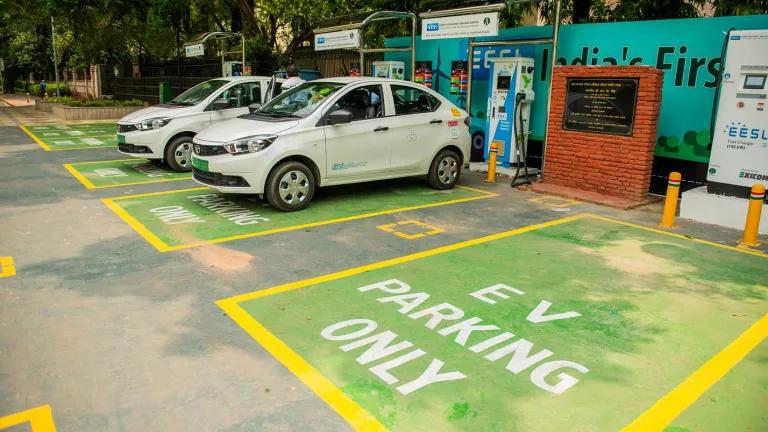
While cutting energy waste seems like a no-brainer for the industrial sector, a new research project suggests that even favorable cost savings, at a brisk rate, may be insufficient to drive deep deployment of energy efficiency in America’s factories and industries that consume almost a third of the U.S. energy diet.
And a couple of the key stumbling blocks appear to be lack of visibility with executive management and appropriate framing of energy efficiency issues.
Industry gobbles almost one-third of America’s energy
Given the high electricity and energy use by the U.S. industrial sector, it’s important to increase energy efficiency to cut costs as well as reduce the carbon pollution that results from using fossil fuels to generate all that electricity and used energy. Government agencies, utilities and non-profit organizations in the energy efficiency space have repeatedly demonstrated the unequivocally attractive returns from investments in energy efficiency upgrades in the U.S. manufacturing/industrial sector. Moreover, the payback times for many energy efficiency investments are very short compared to typical rates of return on other industrial investments. Even so, the sector still harbors a sizeable pool of energy efficiency projects and potential that has not been tapped, according to McKinsey and Company.
To investigate this conundrum further, NRDC worked with a Columbia University graduate student research team, which found some unlikely insights. The work explored barriers to greater deployment of energy efficiency, such as inconsistent awareness, incomplete understanding of its benefits, and consequently its inadequate consideration as a valuable resource. See here for our project report, and here for a recent related article.
Surprises and solutions
The project engendered some provocative and surprising findings, such as:
- Energy efficiency is not discussed using executive speak
- Energy costs are seen as “fixed costs”, not as a manageable expense
- The complexity of current energy efficiency offerings confuses and clutters the environment and slows engagement
Mark Wolf and others on the team also wrote a compelling piece where they say “… that the issue is less about finance and more about line-of-sight from the factory to the C-Suite.” The research found that the majority of decisions on energy efficiency projects are being made at the individual factory floor level, not by executive management (although above a certain dollar amount they must authorize the expenditures). Also, energy efficiency, unfortunately, is not discussed using the language and frames-of-reference that executives use as they manage their industrial firm. Consequently, energy efficiency does not attract the kind of high-level attention and corporate commitment that it arguably should, given its tremendous potential for cost savings and risk-mitigation perspectives (e.g., insulation from energy-price volatility and availability issues).
While the project revealed the inadequacy of current efforts to deploy energy efficiency in the industrial sector, it also cracked opened a window into crafting possible solutions. For instance, there is a clear need to move beyond simply obtaining, sometimes short-lived, executive management backing for particular energy efficiency initiatives, and to instead determine the best ways to frame the issue so that energy efficiency naturally falls under their day-to-day job responsibilities (e.g., energy- and cost-risk management). This would include strategies to communicate the full spectrum of energy efficiency’s benefits, while moving beyond payback and environmental effects alone, and framing it as a business imperative, to, for example, adapt to uncertain energy costs or prepare for pollution standards. When that happens, investments in energy efficiency will become an integral part of everyday business decisions.
To be successful in improving efficiency and reducing climate-warming carbon emissions from U.S. industry, it’s important that everybody in the industrial sector understands and appreciates the benefits of energy efficiency, which are considerable. Employees can communicate opportunities to management; and management can make informed decisions. Customers, too, can play a role in insisting on efficient practices. If you have any additional thoughts, I encourage you to comment here on this blog entry, the full report, or on Mark’s blog.



